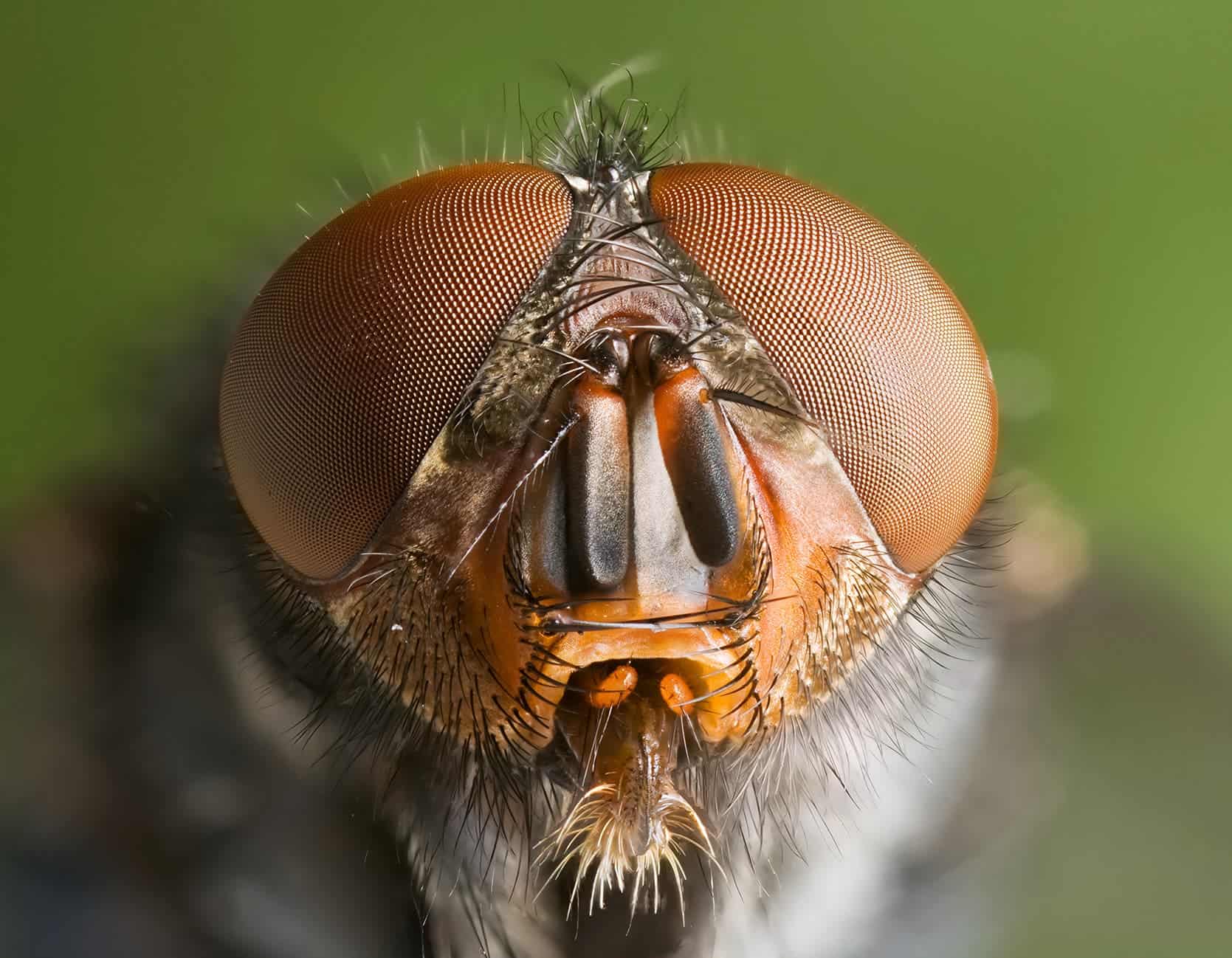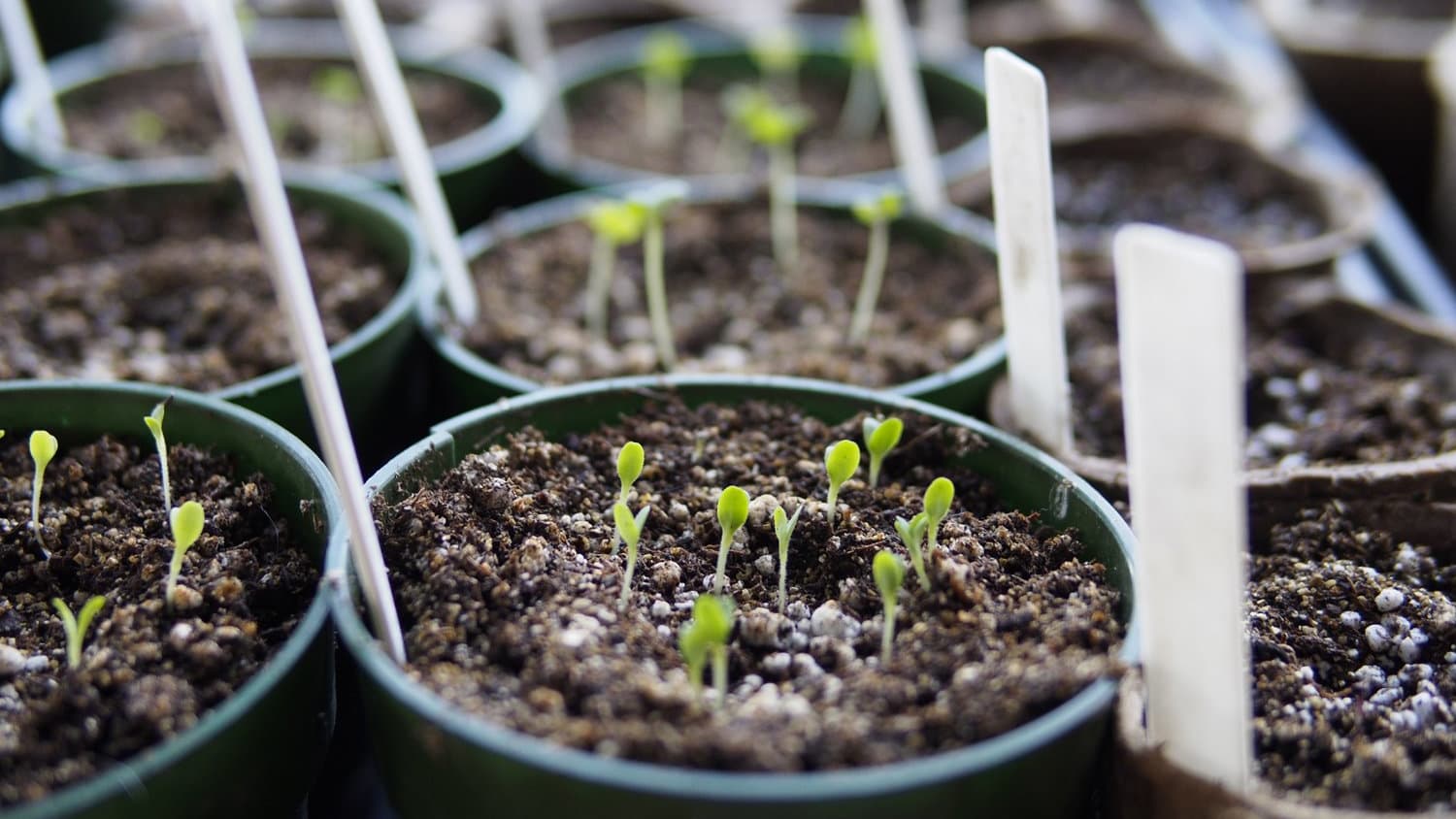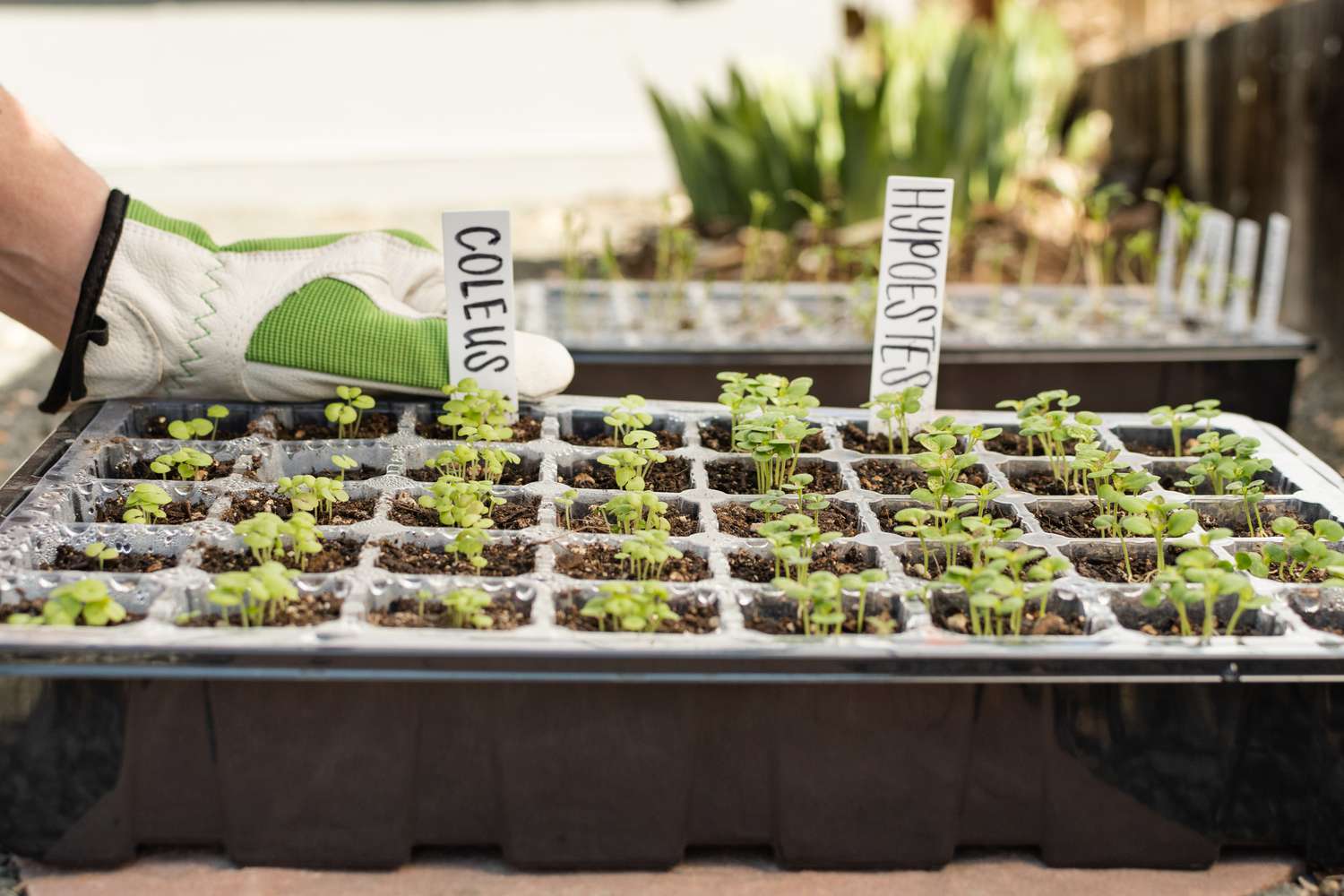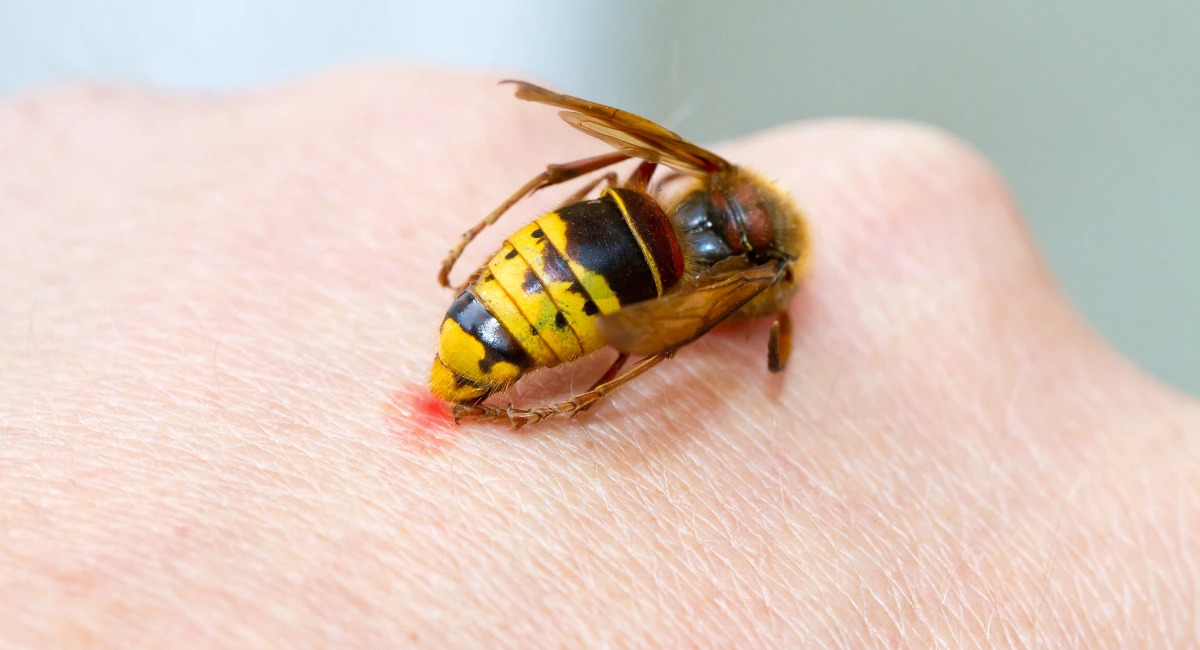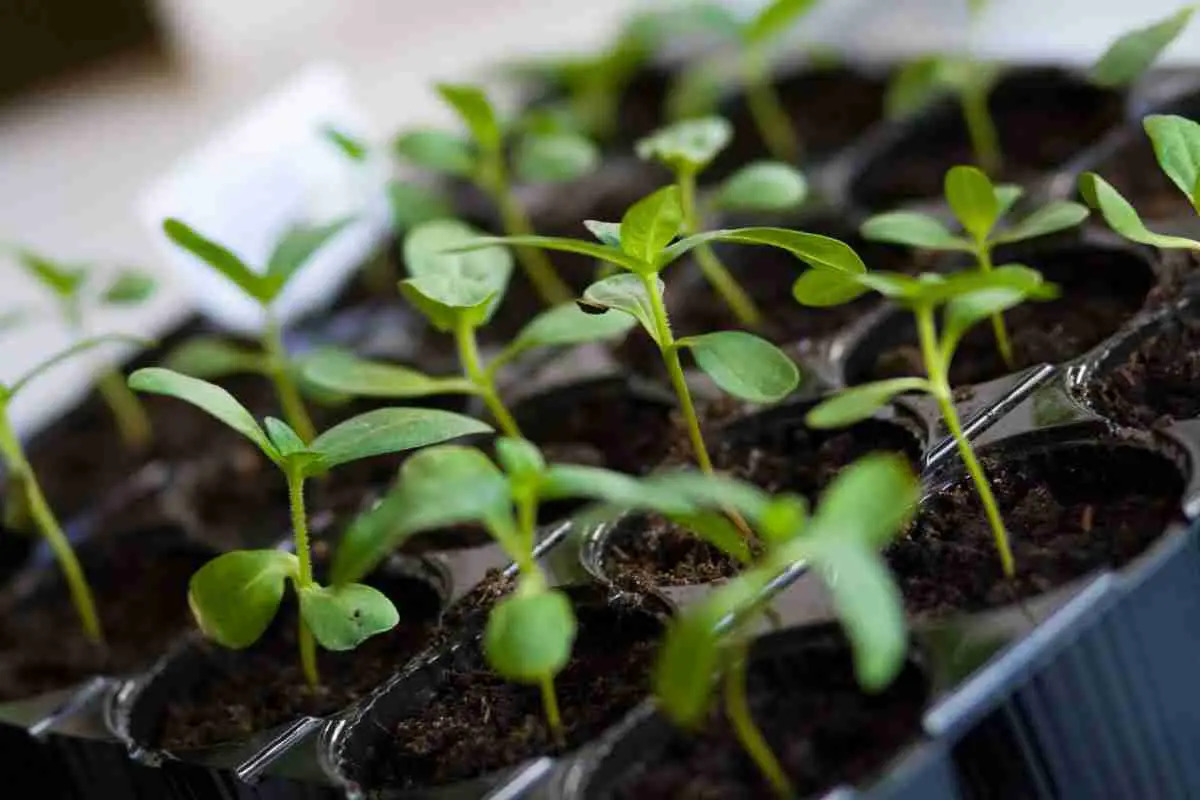Home>Types of Gardening>Edible Gardening>What Color Light For Seedlings


Edible Gardening
What Color Light For Seedlings
Modified: January 22, 2024
Find out the best color light for seedlings in your edible gardening journey. Enhance growth and maximize yields with our expert tips and advice.
(Many of the links in this article redirect to a specific reviewed product. Your purchase of these products through affiliate links helps to generate commission for Chicagolandgardening.com, at no extra cost. Learn more)
Table of Contents
- Introduction
- Factors Affecting Seedling Growth
- Importance of Light for Seedlings
- Understanding Different Colors of Light
- The Role of Blue Light in Seedling Growth
- The Role of Red Light in Seedling Growth
- Comparison of Blue and Red Light for Seedlings
- Other Factors to Consider for Optimal Seedling Growth
- Conclusion
Introduction
Growing your own food is becoming increasingly popular, and edible gardening is a rewarding and sustainable way to do so. Whether you have a small balcony or a spacious backyard, cultivating your own edible plants allows you to enjoy fresh produce right from your garden. However, for successful edible gardening, it’s essential to have a good understanding of various factors that affect the growth of plants, including the role of light.
Light is one of the most crucial factors for seedling growth. It plays a significant role in photosynthesis, the process by which plants convert light energy into chemical energy to fuel their growth. Adequate and appropriate light exposure ensures healthy development in seedlings, allowing them to build the necessary strength and resources to thrive in your garden.
In this article, we will explore the importance of light for seedlings in edible gardening. We will delve into the different colors of light and their impact on seedling growth. Specifically, we will focus on the roles of blue and red light, which are two major colors that influence seedling development. By understanding the significance of light and its various components, you can optimize your gardening endeavors and nurture strong and vibrant seedlings.
Factors Affecting Seedling Growth
Before diving into the importance of light for seedlings, it’s important to have a general understanding of the various factors that can impact their growth. By taking these factors into consideration, you can create optimal conditions for your seedlings to thrive. Here are several key factors to keep in mind:
- Temperature: Seedlings have specific temperature requirements for optimal growth. Too high or too low temperatures can hinder their development. Maintaining a consistent and appropriate temperature range is crucial.
- Moisture: Adequate hydration is essential for seedling growth. Soil moisture levels should be monitored and adjusted as needed to ensure proper hydration without causing waterlogging.
- Nutrients: Seedlings require essential nutrients for healthy growth. Providing a balanced and nutrient-rich soil or using organic fertilizers can optimize their nutrient intake.
- Air Circulation: Good air circulation is necessary to prevent the development of mold or fungal diseases. Proper ventilation helps seedlings to grow strong and resilient.
- Container Size: The size of the container or seedling tray can impact seedling growth. Ensure that the containers are appropriately sized to allow for adequate root development and nutrient absorption.
- Transplantation: Transplanting seedlings into larger containers or the garden bed at the right stage is crucial. A smooth transition minimizes stress and ensures continued growth and development.
- Light: As mentioned earlier, light is a significant factor in seedling growth. Providing the appropriate amount and quality of light is essential for photosynthesis and overall plant health.
By considering and optimizing these factors, you can create an ideal environment for your seedlings. In the following sections, we will delve deeper into the role of light and how it affects seedling growth in edible gardening.
Importance of Light for Seedlings
Light is a primary factor in the growth and development of seedlings. It is essential for photosynthesis, which is the process by which plants convert light energy into chemical energy to fuel their growth. Here are the key reasons why light is crucial for seedling health:
- Energy Source: Light is the primary energy source for seedlings. It provides the energy needed to drive the photosynthesis process.
- Stem Elongation and Leaf Expansion: Adequate light exposure is necessary to promote stem elongation and leaf expansion. Insufficient light can result in weak, elongated stems and small, dark green leaves.
- Photosynthesis: Light is essential for the process of photosynthesis, during which plants convert light, water, and carbon dioxide into glucose (sugar) and oxygen. This process supplies the necessary energy and nutrients for seedling growth.
- Chlorophyll Production: Chlorophyll, the pigment responsible for capturing light energy, is crucial for photosynthesis. Sufficient light exposure ensures the production of chlorophyll, which helps seedlings absorb and utilize light effectively.
- Carbohydrate Production: Photosynthesis produces carbohydrates, which serve as the building blocks for seedling growth and development. Adequate light ensures a sufficient supply of carbohydrates.
- Stress Prevention: Exposure to appropriate levels of light helps prevent stress in seedlings. Insufficient light can result in weak, spindly seedlings that are more susceptible to disease and pest damage.
Overall, providing the right amount and quality of light is crucial for optimal seedling growth. In the next sections, we will delve into different colors of light and their specific roles in seedling development.
Understanding Different Colors of Light
Light is not just a single entity; it is composed of different colors that have varying effects on plant growth. Understanding the role of different colors of light is essential for providing seedlings with the optimal light conditions. Here are the three primary colors of light and their significance:
- Red Light: Red light is crucial for seedling growth as it stimulates photosynthesis, encourages the development of chlorophyll, and promotes flowering and fruiting. It has a longer wavelength and is particularly effective for promoting vegetative growth.
- Blue Light: Blue light plays a vital role in seedling development by influencing leaf growth, root development, and overall plant structure. It has a shorter wavelength and is crucial for promoting compact, sturdy, and healthy seedlings.
- Green Light: Green light has a lesser impact on seedling growth compared to red and blue light. It is primarily reflected by chlorophyll, giving plants their green color. However, green light does play a role in regulating plant responses, such as seed germination and stem extension.
It’s important to note that while red and blue lights are most crucial for seedling growth, a balanced combination of both colors, known as full-spectrum or white light, is generally the most effective for overall plant development. This helps provide a broader range of wavelengths that cater to the different needs of seedlings at various growth stages.
To ensure that your seedlings receive the appropriate colors of light, you can use specialized grow lights or fluorescent bulbs that emit the necessary wavelengths. By understanding the specific roles of red and blue light, you can create the ideal lighting environment for your seedlings and optimize their growth and vitality.
The Role of Blue Light in Seedling Growth
Blue light plays a crucial role in seedling growth and development. It has a significant impact on various aspects of plant physiology, including leaf growth, root development, and overall plant structure. Understanding the specific role of blue light can help you provide optimal lighting conditions for your seedlings.
One of the primary effects of blue light on seedlings is its influence on plant morphology. Blue light helps promote compact and sturdy seedlings by regulating internode length, the distance between leaf nodes along the stem. When seedlings receive sufficient blue light, they develop shorter internodes, resulting in bushier and more robust plants.
Blue light also has a positive impact on leaf growth. It stimulates the production of chloroplasts, the organelles responsible for photosynthesis, leading to increased leaf expansion and enhanced photosynthetic efficiency. This, in turn, supports the production of carbohydrates and provides the necessary energy for seedling growth.
Furthermore, blue light plays a crucial role in root development. It promotes the growth of a strong and healthy root system, which is essential for nutrient absorption and water uptake. Adequate blue light exposure stimulates root elongation, branching, and lateral root formation, allowing seedlings to establish a strong foundation for their overall growth and development.
Aside from its influence on plant morphology, blue light also affects various physiological and biochemical processes in seedlings. It regulates stomatal opening and closure, contributing to the optimal balance of gas exchange and water regulation. Blue light also influences photomorphogenesis, which refers to the light-induced physiological and developmental changes in plants.
To provide sufficient blue light for your seedlings, you can use specialty blue LED grow lights or fluorescent bulbs with a higher blue light output. Positioning the lights at an appropriate distance from the seedlings and providing the recommended duration of light exposure will help ensure proper development and growth.
However, it’s important to note that excessive or prolonged exposure to blue light can have negative effects on seedlings. To prevent any adverse effects, it’s recommended to provide a balanced combination of blue and red light for overall seedling development.
Understanding and providing the right amount of blue light is crucial for promoting vigorous, compact, and healthy seedlings. By optimizing the lighting conditions for your seedlings, you can set them up for successful growth and pave the way for a bountiful edible garden.
The Role of Red Light in Seedling Growth
Red light is a vital component in promoting seedling growth and development. It plays a significant role in various physiological processes, including photosynthesis, chlorophyll production, flowering, and fruiting. Understanding the specific role of red light can help you provide the optimal lighting conditions for your seedlings.
One of the primary effects of red light on seedlings is its ability to stimulate photosynthesis. Red light is absorbed by chlorophyll, which drives the process of converting light energy into chemical energy. Adequate exposure to red light ensures a sufficient supply of energy for seedling growth and development.
Additionally, red light helps promote the production of chlorophyll, the pigment responsible for capturing light energy during photosynthesis. Chlorophyll is essential for the absorption of light and the synthesis of carbohydrates. Providing a sufficient amount of red light ensures healthy chlorophyll levels, which are necessary for the overall vigor and productivity of seedlings.
Red light also plays a crucial role in encouraging flowering and fruiting in plants. It triggers the production of specific growth hormones, such as phytochrome, which control the transition from vegetative to reproductive growth stages. By providing ample red light, you can help synchronize the flowering and fruiting processes in your seedlings, leading to an abundant harvest.
Moreover, red light has been shown to have a positive impact on the elongation of plant stems. When seedlings receive an adequate amount of red light, it promotes stem elongation, which can be beneficial for certain types of plants, especially those that need to reach for light sources. However, it’s important to carefully balance red light exposure to avoid excessive stem elongation that can result in weak and leggy seedlings.
To provide sufficient red light for your seedlings, you can use specialty red LED grow lights or fluorescent bulbs with a higher red light output. It’s recommended to position the lights at an appropriate distance from the seedlings, ensuring they receive uniform coverage and intensity. This will help stimulate healthy growth and development.
While red light is essential for seedling growth, it’s important to note that a balanced combination of red and blue light, known as full-spectrum or white light, is generally the most effective for overall plant development. This provides a broader range of wavelengths that cater to the different needs of seedlings at various growth stages.
Understanding and providing the right amount of red light is crucial for promoting robust, productive, and healthy seedlings. By optimizing the lighting conditions for your seedlings, you can set them up for successful growth and enjoy a thriving edible garden.
Comparison of Blue and Red Light for Seedlings
Both blue and red lights are essential for seedling growth, but they have distinct roles and influences on plant development. Understanding the differences and comparing the effects of blue and red light can help you create the optimal lighting conditions for your seedlings.
Blue light promotes compact and sturdy growth in seedlings. It influences leaf development, root growth, and overall plant structure. Blue light helps regulate internode length, resulting in bushier and more robust plants. It also stimulates the production of chloroplasts, supports leaf expansion, and enhances photosynthetic efficiency. Blue light is crucial for establishing strong roots and promoting healthy root systems. Additionally, blue light assists in regulating stomatal behavior and influencing photomorphogenesis.
On the other hand, red light stimulates photosynthesis and encourages the production of chlorophyll. It also plays a vital role in triggering flowering and fruiting processes in seedlings. Red light promotes elongation of stems and helps synchronize reproductive growth stages. It enhances the synthesis of growth hormones, such as phytochrome, which control the transition to the flowering stage.
While both blue and red lights have specific roles in seedling growth, using a balanced combination of the two is generally the most effective approach. Full-spectrum or white light provides a broader range of wavelengths, merging the benefits of both blue and red light. This ensures that seedlings receive the necessary energy for photosynthesis and optimal growth throughout their different developmental stages.
It’s important to note that the ratio of blue to red light can vary depending on the specific needs of the seedlings and the growth stage they are in. Seedlings in the early stages may require more blue light to promote compact growth and development. As they progress to the vegetative and reproductive stages, a higher ratio of red light becomes beneficial to support flowering and fruiting.
To provide the ideal combination of blue and red light, you can use specially designed LED grow lights or fluorescent bulbs that offer a balanced spectrum. These lights can be adjusted in terms of intensity and duration to mimic natural daylight conditions. By simulating the appropriate balance of blue and red light, you can optimize the growth and development of your seedlings, leading to strong and healthy plants.
Understanding the distinct effects of blue and red light on seedlings allows you to create customized lighting strategies that meet the specific requirements of different plant species. By providing the right combination and balance of light, you can cultivate thriving seedlings and set the stage for a successful and abundant edible garden.
Other Factors to Consider for Optimal Seedling Growth
In addition to light, there are several other factors that play a crucial role in the optimal growth of seedlings. These factors should be considered to create the ideal conditions for their development. Here are some important aspects to keep in mind:
Temperature: Proper temperature control is essential for seedling growth. Most seeds have specific temperature requirements for germination and subsequent growth. Providing the appropriate temperature range ensures optimal germination rates and healthy seedling development. It’s important to monitor and maintain the temperature within the recommended range for each plant species.
Moisture: Adequate moisture is crucial for seedling growth. The soil should be evenly moist, but not waterlogged, to prevent root rot and fungal diseases. Consistent and appropriate watering practices, such as using a watering can or misting, help maintain the ideal moisture levels for healthy seedlings.
Nutrients: Seedlings require a balanced supply of nutrients for optimal growth. Using nutrient-rich soil or adding organic fertilizers to the planting medium can provide the necessary nutrients. Regular soil testing can also help identify any nutrient deficiencies and allow for appropriate supplementation.
Air Circulation: Good air circulation is important for seedling health. Proper ventilation helps prevent the development of mold, mildew, and fungal diseases. It also helps strengthen the stems and prevents leggy growth. Placing fans strategically or providing adequate spacing between seedlings can ensure proper air circulation.
Container Size: The size of the container or seedling tray can impact seedling growth. Seedlings need sufficient space for root development and nutrient absorption. Choosing containers that are appropriate in size allows for proper root growth and reduces the risk of root-bound plants.
Transplantation: Transplanting seedlings at the right stage ensures a smooth transition and supports continued growth. Carefully handling the seedlings and gently teasing out the roots before transplanting minimizes stress and allows for successful establishment in the garden or larger containers.
By considering and optimizing these factors alongside light, you create an ideal environment for your seedlings to thrive. Each factor contributes to the overall health, strength, and productivity of your seedlings, setting the stage for successful edible gardening.
Conclusion
In conclusion, understanding the importance of light in seedling growth is crucial for successful edible gardening. Light is a primary factor that drives photosynthesis, promotes chlorophyll production, and provides the energy needed for seedlings to flourish. Specifically, blue light influences plant structure and leaf growth, while red light stimulates photosynthesis, chlorophyll production, and flowering.
By providing a balanced combination of both blue and red light, you can create optimal lighting conditions for your seedlings. This can be achieved through specialized LED grow lights or fluorescent bulbs that offer a full spectrum of light. Remember to consider other factors such as temperature, moisture, nutrients, air circulation, container size, and proper transplantation techniques to provide a conducive environment for seedling growth.
By carefully considering and optimizing these factors, you can nurture strong, healthy seedlings that are equipped to thrive in your garden. Whether you have a small urban space or a spacious backyard, edible gardening allows you to enjoy the fruits (and vegetables!) of your labor. So roll up your sleeves, get your hands dirty, and have fun cultivating your own food from seed to table!
